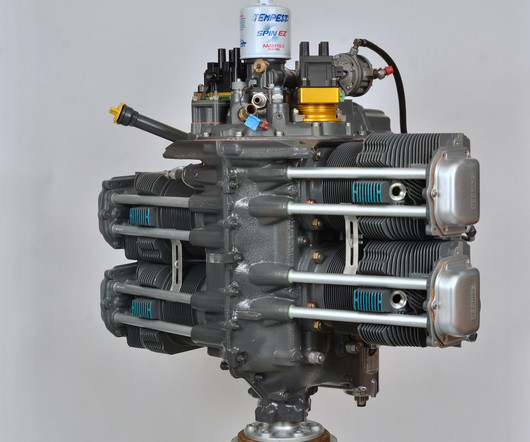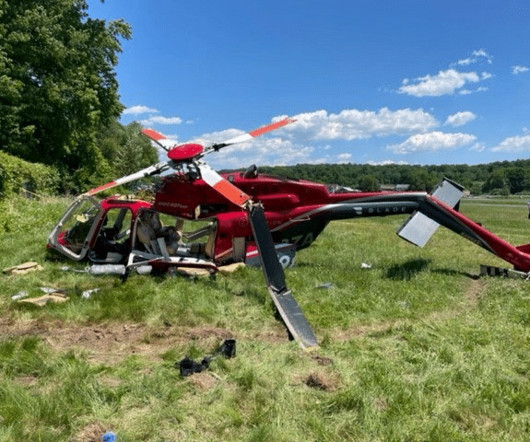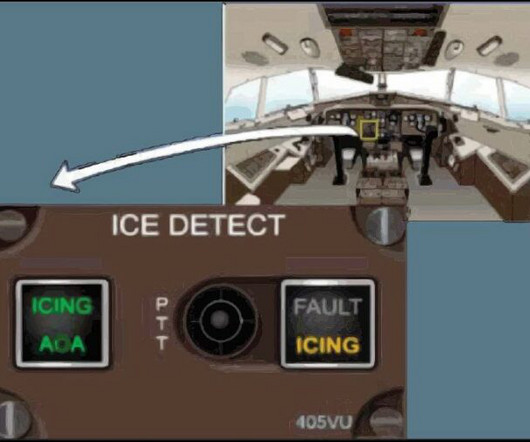How Tech Made the Rotax a Monster
Plane and Pilot
MARCH 10, 2025
cubic inches of it, to create a tidal wave of torque that permits it to run a paltry 2,700 rpm at the max. Liquid cooling means so-called shock cooling on descent just isnt a thing. Specifically, Rotaxs approach to putting 160 hp to the prop flange is fundamentally different from Lycomings. On top of all this, the Rotax is light.















Let's personalize your content